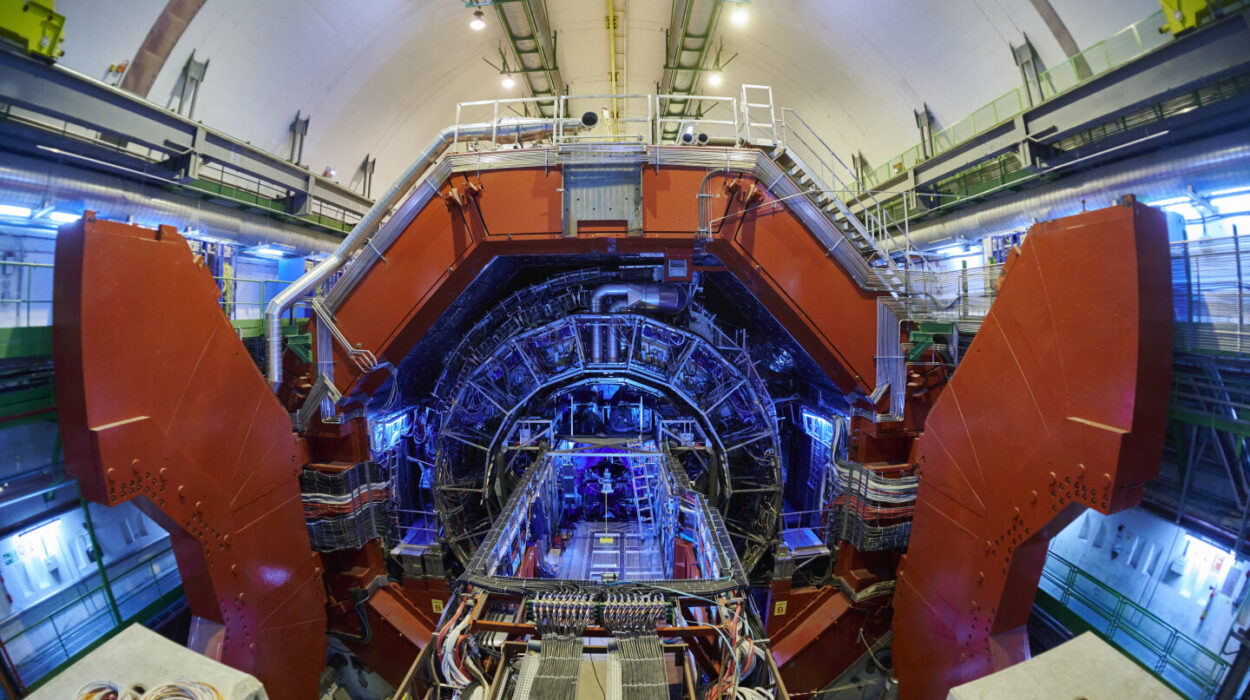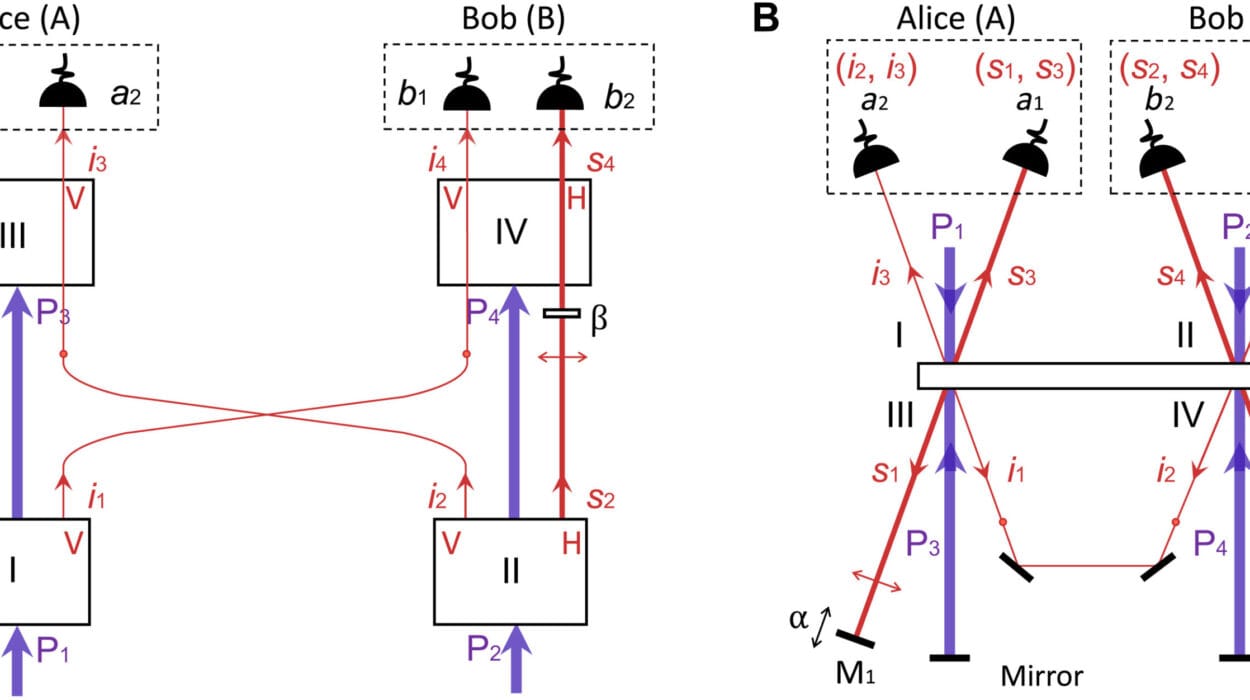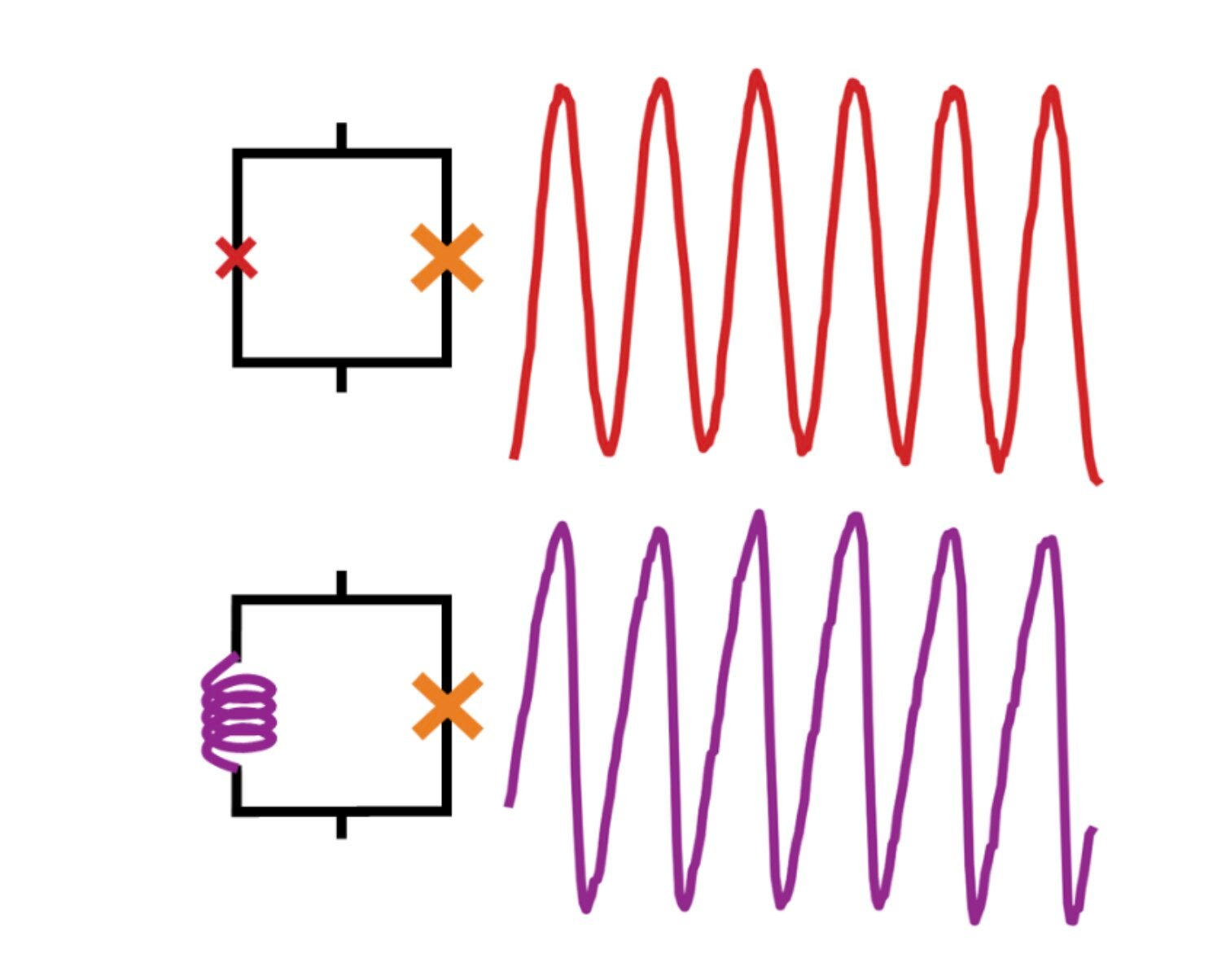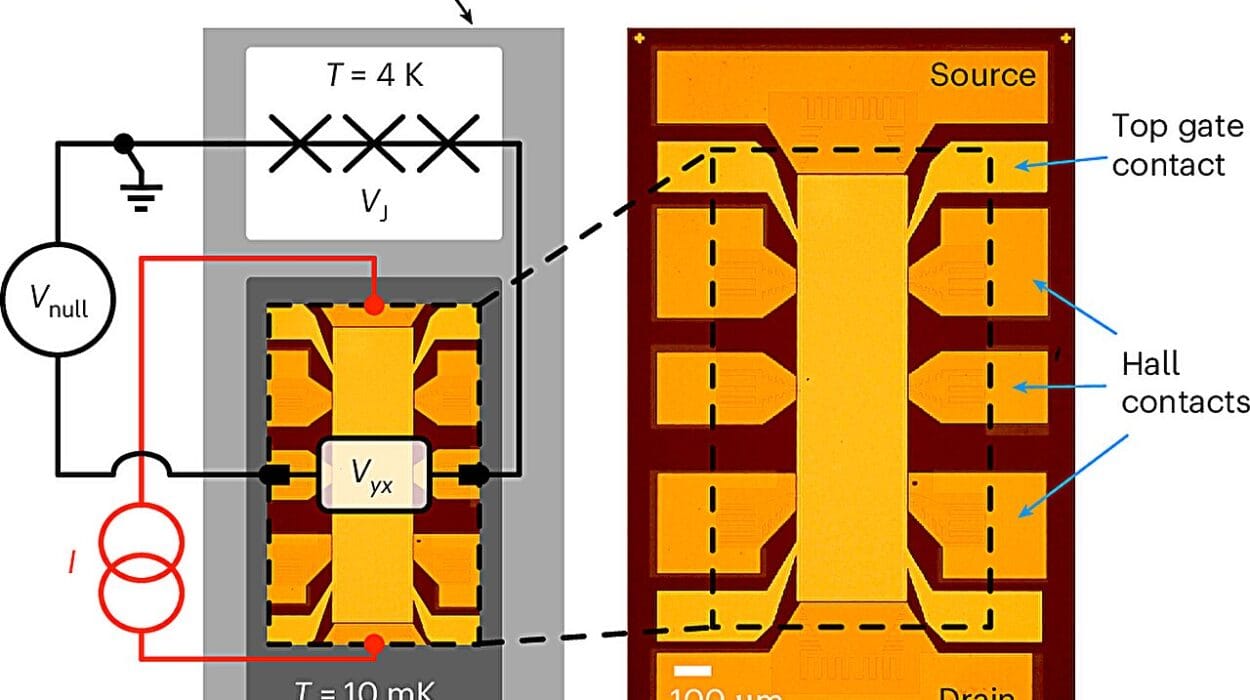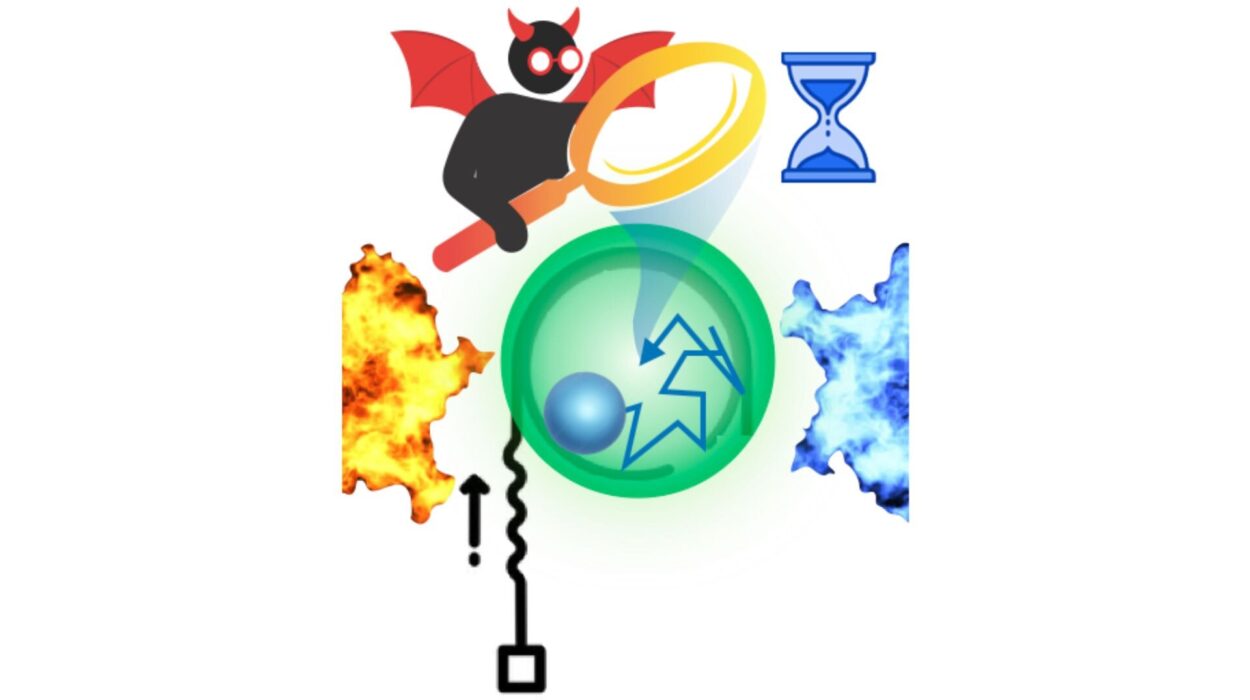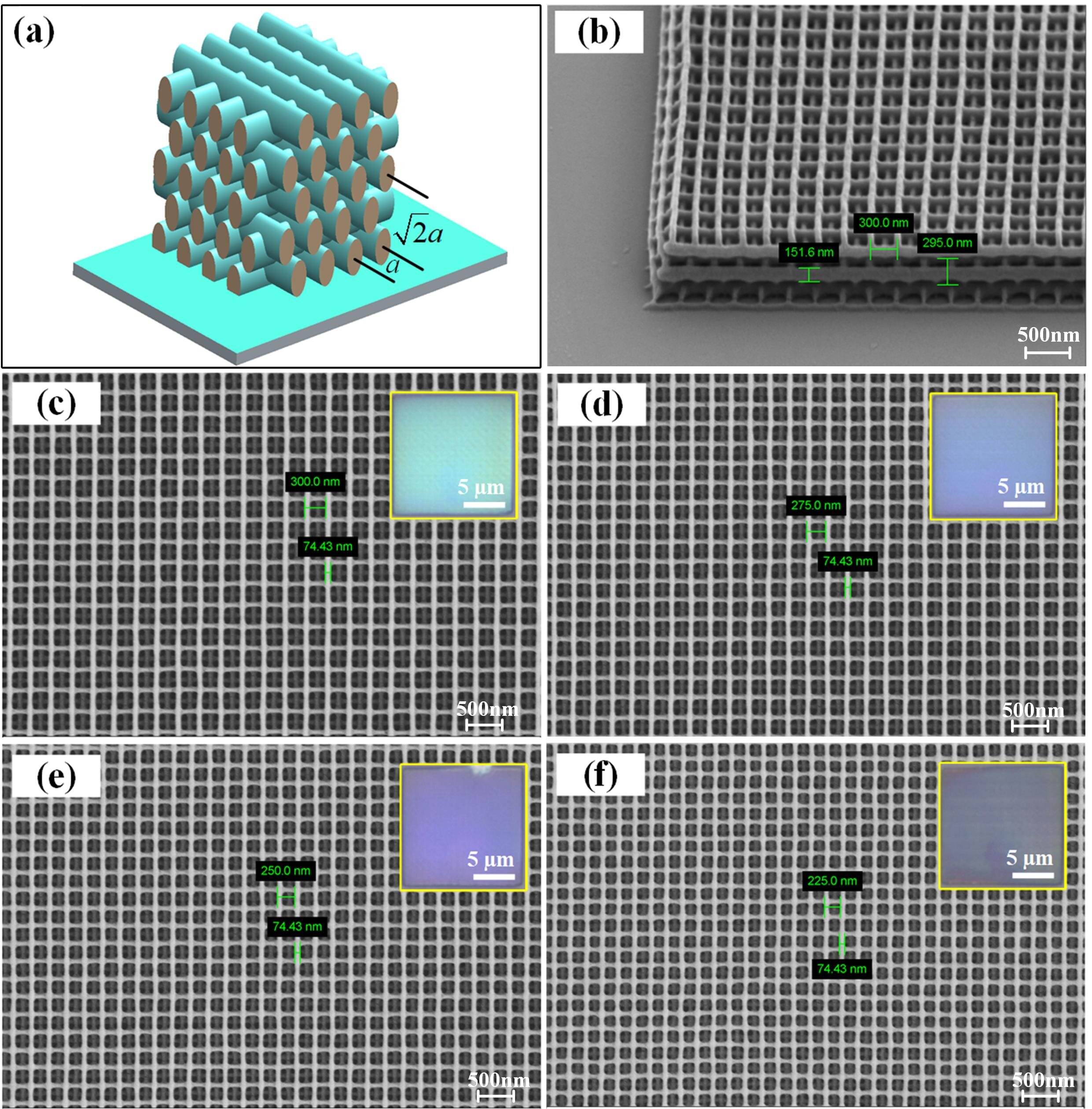For decades, physicists have relied on a central assumption in particle physics: flavor symmetry—the idea that the two lightest quarks, up and down, behave almost identically under the strong force, the most powerful of the fundamental interactions. But recent experimental results from NA61/SHINE, an international collaboration operating at CERN’s Super Proton Synchrotron, may have just cracked that foundational belief.
In high-energy nuclear collisions between argon and scandium nuclei, the NA61/SHINE team has detected a clear violation of approximate flavor symmetry. This surprise discovery—reported in Nature Communications—raises tantalizing questions about the limitations of existing nuclear models and opens a doorway to the possibility of new, unexplored physics.
What Is Flavor Symmetry and Why Does It Matter?
Flavor symmetry refers to the theoretical similarity in how up and down quarks—two of the six known flavors of quarks—interact via the strong nuclear force. While not identical in mass, up and down quarks are close enough that the equations of quantum chromodynamics (QCD)—the theory describing strong interactions—treat them almost symmetrically in many high-energy scenarios.
This symmetry has become a cornerstone in nuclear physics. It’s assumed, for example, that if a collision involving a surplus of up quarks yields certain types of particles, a similar outcome would occur with down quarks, scaled accordingly. Scientists have used this principle to predict particle production, model collisions, and interpret data across experiments from particle accelerators around the world.
The NA61/SHINE Experiment: A Closer Look
The NA61/SHINE collaboration is no stranger to high-impact research. Based at CERN, it studies the dynamics of hadron production in various collision systems. In this particular case, physicists used the Super Proton Synchrotron (SPS) to accelerate argon and scandium nuclei to extreme energies and smash them into each other.
These collisions are anything but trivial. Inside the dense energy fog that forms for a split second, atomic nuclei disintegrate into showers of exotic particles, many of which contain quarks—the building blocks of matter.
Initially, the team aimed to focus only on electrically charged kaons (K⁺ and K⁻), mesons made of one quark and one antiquark. Kaons are a favorite subject in flavor physics due to their sensitivity to symmetry-breaking effects. However, the team ultimately expanded their measurements to include neutral kaons (K⁰) as well—a decision that proved vital.
A Shocking Disparity
The results were nothing short of shocking. According to flavor symmetry, the production of neutral and charged kaons in these collisions should be nearly identical after accounting for basic differences. Small deviations were expected—perhaps 2–3%, due to minor mass differences between up and down quarks.
But what the researchers found was a staggering 18% overproduction of charged kaons compared to what flavor symmetry would predict. Such a large discrepancy falls completely outside the boundaries of conventional theoretical models.
This anomaly becomes even more perplexing when considering the initial composition of the nuclei involved. Argon contains 18 protons and 22 neutrons, while scandium holds 21 protons and 24 neutrons. Since protons are made of two up quarks and one down quark, and neutrons contain two down quarks and one up, the combined argon–scandium system starts out with a slight excess of down quarks.
From a flavor-symmetry perspective, this setup should produce more particles rich in down quarks after the collision. Yet the opposite occurred: up-quark-containing particles were produced in excess. That is a serious deviation from expectations and signals something much deeper is at play.
Could It Be New Physics?
The cause of the anomaly is, for now, a mystery. It may be that existing nuclear collision models, which often simplify flavor symmetry, have failed to capture subtle but important effects. Perhaps these models have overlooked collective behavior or quark-gluon plasma dynamics that skew particle production.
But the more exciting and daring possibility is that this discrepancy hints at new physics beyond the Standard Model.
“The observed effect goes in the opposite direction to what we’d expect based on the starting quark composition,” explains Prof. Katarzyna Grebieszkow, who initiated the neutral kaon measurements. “It forces us to ask: what are we missing?”
If this flavor symmetry violation cannot be explained within quantum chromodynamics, it could signal unknown interactions or even new particles influencing the outcome—a potential crack in the Standard Model.
The Impact on Modern Physics
Whether the anomaly stems from model inadequacies or deeper physical laws, its consequences are enormous. The assumption of approximate flavor symmetry underpins much of modern high-energy nuclear physics. If that symmetry is not reliable, many past interpretations of experimental results will need to be re-examined and possibly revised.
“This means we might have to re-evaluate virtually all our models of particle production,” says Prof. Andrzej Rybicki of the Polish Academy of Sciences. “It’s not just about correcting a percentage here or there—it’s about whether we’re fundamentally misunderstanding the dynamics of quarks during nuclear collisions.”
The Road Ahead: Testing the Anomaly Further
The NA61/SHINE team isn’t done. Their next task is to investigate whether the symmetry violation is a universal feature of nuclear collisions or a unique quirk of the argon–scandium system.
Their first step will be to analyze existing data from pion-carbon collisions. These events involve equal numbers of up and down quarks prior to the collision, providing a cleaner testbed for symmetry-breaking behavior.
Further down the line, scientists plan to explore oxygen–oxygen and magnesium–magnesium collisions. The latter is particularly promising due to its complexity and similarity to the argon–scandium system. However, these measurements must wait until after a major three-year upgrade of the Large Hadron Collider (LHC) is completed.
“We’re at the beginning of what could be a new chapter in particle physics,” says Dr. Seweryn Kowalski, co-lead of the NA61/SHINE experiment. “We now need to dig deeper and understand whether this is a rare fluctuation or a glimpse into an undiscovered layer of reality.”
A Wake-Up Call for Theory and Experiment
Ultimately, this discovery is more than just an odd result from a nuclear collision—it’s a wake-up call. It challenges physicists to revisit their assumptions, refine their models, and confront the possibility that the Standard Model is not the whole story.
If the results are confirmed in other collision systems, we may be witnessing the first robust sign of a deeper and more intricate structure in the universe’s most fundamental laws. And if that’s the case, then argon and scandium—two otherwise unremarkable elements—may go down in history as the keys that unlocked the next era of particle physics.
Reference: Giacosa, F., et al, Evidence of isospin-symmetry violation in high-energy collisions of atomic nuclei, Nature Communications (2025). DOI: 10.1038/s41467-025-57234-6

